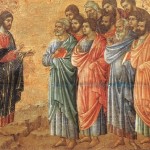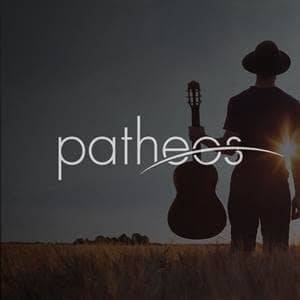Notes
[1] Cf. Daniel Ogden, Drakōn: Dragon Myth and Serpent Cult in the Greek and Roman Worlds, 209.
[2] On this see Calvert Watkins, How to Kill a Dragon: Aspects of Indo-European Poetics; Ogden, Dragons, Serpents, and Slayers in the Classical and Early Christian Worlds: A Sourcebook and Drakon: Dragon Myth and Serpent Cult in the Greek and Roman Worlds.
There may be other earlier Christian sources relevant for this motif, as well—like the ~4th century Latin Acts of Philip, a Christian apocryphal text popular in antiquity, in which the apostle Philip, after being released from his imprisonment in pagan Scythian territory, expels a “huge dragon” that has been terrorizing the population. Of course, there’s a difference here in that it’s a (single) dragon, not (multiple) snakes.
Interestingly, in Herbert and McNamara’s volume Irish Biblical Apocrypha, they replicate an Irish version of this text (titled “The Passion of the Apostle Philip” there), which is “quite different” from the original (182). The relevant section of this reads
An enormous number of people in that city were suffering from various diseases as a result of the venomous emissions from that dragon. Some were made blind, others deaf or lame. And he brought upon them every other ailment also, so that they might offer sacrifices to the devil to cure those maladies, and thus their souls might be damned thereafter. The apostle Philip said to all the people in the city who were ill: “Do what I advise
, and you will be healed in body and soul. In the name of the Lord Jesus Christ, the demonic dragon who has formerly done you harm will be hunted out, and I will revive in the name of Christ those who were killed by it”. (106)
The people then assent, asking what they need to do:
“Cast out the figure of Mars, and break it”, said Philip. “In its place put the cross of Christ, and then do reverence to that”.
Here, then, we do seem to have a sort of interdependence or parallel between the “casting out” of illness (via the expulsion of the dragon) and the casting out of idols. Of course, this might also be connected with Adomnán’s tale where the snakes being “rendered . . . powerless to hurt both humans and livestock” is conditioned on their continuing faith.
However, the 8th century English historian and theologian Bede, in his Ecclesiastical History of the English People, writes of Ireland as a sort of promised land (that, for example, literally “abounds in milk and honey”) :”[n]o reptiles are found there, and no snake can live there.” This is the earliest instance of Ireland being specified as such. Further, Bede claims that “when some persons have been bitten by serpents, the scrapings of leaves of books that were brought out of Ireland, being put into water, and given them to drink, have immediately expelled the spreading poison, and assuaged the swelling.”
Finally, in the 13th century, in Jacobus De Voragine’s Golden Legend, we read that Patrick
also obtained from God that no poisonous reptile could live in the whole province; and it is said that in answer to his prayer even the woods and bark from the trees in that region effectively counteract poison.
[3] Though at a certain point some of these might antedate the first appearance of our tradition of Patrick and the snakes in the Topography of Gerald.
[4] We primarily speak of this as due to Euhemerization, though.
[5] See Ogden, Dragons, Serpents, and Slayers, 248.













